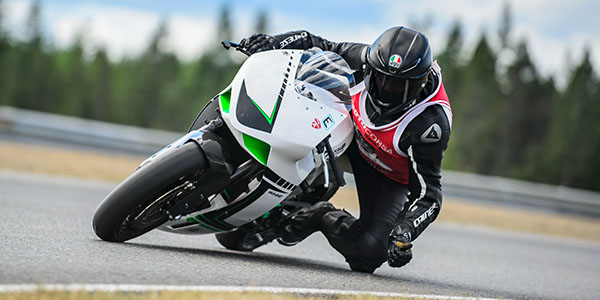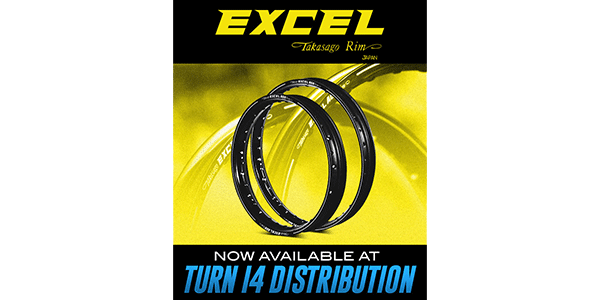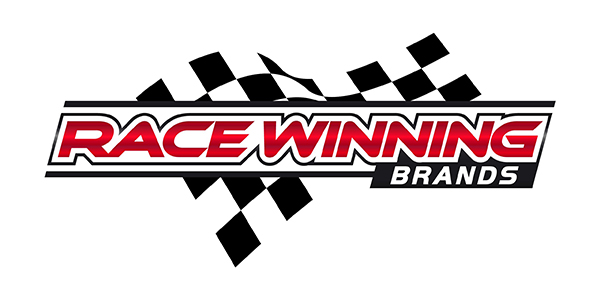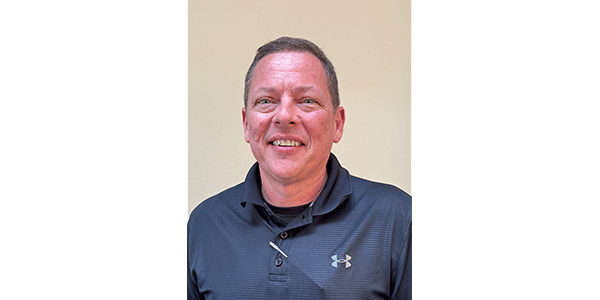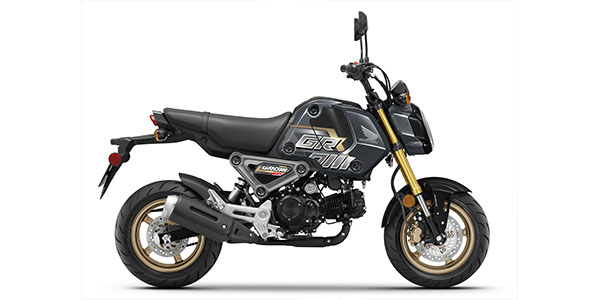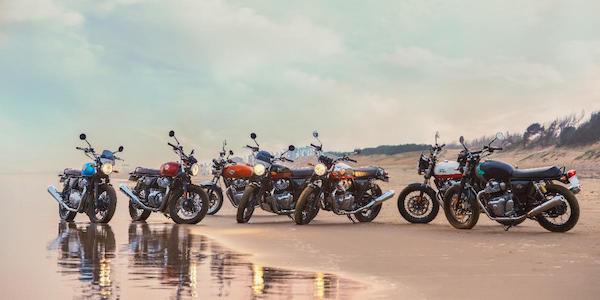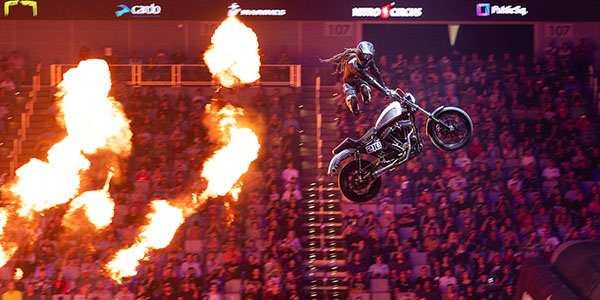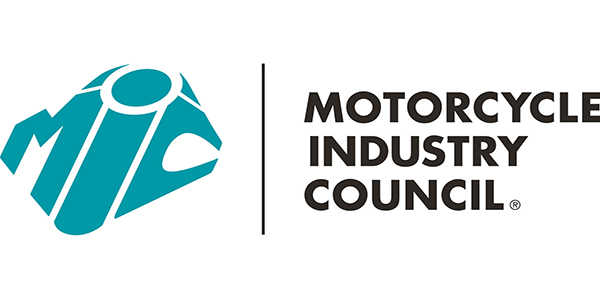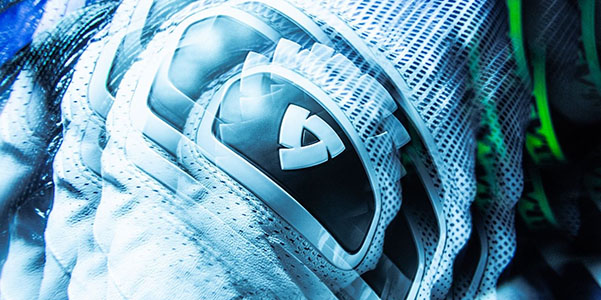two guys and a truck full of seconds. They held the same spot for a number of years and called their enterprise Weekend Sales Co.
The business went so well that Bellomy and Miller quit their jobs at Grant and invested $500 each into working capital for the new business. Many of the drive-in theaters of the era held similar swap meets during the weekend, and the men recruited friends and acquaintances to sell product at about a dozen different meets. The pair also began taking the occasional road trip to a series of motorcycle dealerships, stopping in to sell factory second helmets.
They based the operation out of a small retail shop at Pico and Bundy Boulevards in West L.A. Bellomy and Miller credit a number of influential people who walked into their shop with their growth. The first of those walked in shortly after they opened.
“When we had that retail store, it was kind of just a place we rented to keep our product there. One day, a guy pulled up on his motorcycle, an older gentleman. He gets off, parks his Gold Wing out front and comes in looking, and we had like three helmets on the wall in a couple of racks. He says, “What do you guys do here?”
They told him, and he replied, “Well, I just got laid off from selling Cadillacs … You lease me a van, and I’ll go around and build you a route.”
The van lease cost $130 per month. Not an insignificant investment for the pair in 1970.
“I doubted if we could handle that, because all it had to do was rain for one weekend, and we were out of business,” Miller said. “We flipped a coin and decided to do it.”
The man drove around Southern California and came back at the end of the day with very little product left and a pile of checks. The guys quickly
realized they were onto something good.
“You know, if it works in L.A., it should work in San Diego,” Miller said. “It should work in Central California. Within the year, we had six other vans going in different parts of the state.”
Miller and Bellomy’s fleet of vans sold factory seconds for every manufacturer in the area. When they had cleaned out the seconds, they moved on to first-quality products, selling helmets from American Sports Company and peace sign-emblazoned motocross gloves. They added more products — gas tanks, fenders, shields and so on. They also produced a catalog that was sent out nationally.
Another key step in the business growth came in 1971 when Phil Huff, the Shoei sales manager, walked into their little West L.A. store. He did that on a regular basis to see which of the helmets on the shelves were selling well. This time, he walked in and offered the guys a distributorship and some financing. Bellomy and Miller agreed, and their mostly regional distribution business began to compete on the national stage.
“We were their 14th distributor. There were no territories — it was every man for himself,” Bellomy said. Helmet House did well with Shoei, which had just introduced the high-quality and aggressively priced S20 helmet.
“[Shoei] was just getting ready to introduce a new helmet called the S20, which was sold to the dealer for $15 and retailed for $29.95. The helmet was just a world-beater — it took the market by storm.”
Helmet House grew along with Shoei. Bob and Phil closed the store on Pico and moved to a warehouse. They launched their own Tour Master product line in 1978. Their first piece of gear — near as they can recall — was a one-piece winter weather riding suit manufactured by Arctic Enterprises in Thief River Falls, Minn. The suit sold well for them, and they added bib overalls, a short jacket and a long jacket.
In 1983, Scott Hong walked into their warehouse in Santa Monica to show Helmet House a line of Korean-made helmets. The sample helmets Hong showed them were of good quality but didn’t look right for the North American market. Miller and general manager Gary Ramlow worked with Hong for nearly two years to transform the helmets with styling that fit their customers. The result? HJC succeeded wildly and has been the top-selling brand of helmets in America for 25 years.
The Tour Master line was expanded in the 1990s and has become a very popular line of riding gear and baggage that offers terrific quality for competitive prices.
Shortly after the new millennium, another landmark was achieved.
“Shoei had been taken over by Mitsubishi. Some of Mitsubishi’s management people bought it from Mitsubishi,” Bellomy said. “The new guy that was the president in the U.S. at the time, a fellow named Tim Miyasaki, came to speak to us.”
What he told them was that Shoei management intended to sell a higher-end product and raise their prices by about 40 percent. Five distributors carried Shoei helmets, and all five told Miyasaki that this new plan was crazy.
“They were going a direction they didn’t need to go because they owned the market they were in — just below the top end. They didn’t care. They wanted to do it anyway. We would all just have to suck it up and go along with them.”
They proceeded with the upscale venture, and sales dropped. Again, the Shoei people came to tell Helmet House some news: They intended to add a distributor, as they felt that would increase sales.
“We told them that the amount of sales going on was probably about as much as they could expect at the moment. If they added a distributor, all they would do is increase competition amongst us distributors, and sales would probably remain the same.”
Shoei listened and asked for suggestions.
“"Shoei indicated they were considering a major change in their distribution model,” Bellomy said. “and we stepped up to the task.”
“The caveat was that we would buy at least as much as all the other five would have bought and that our growth pattern would continue,” Miller said. “They had a lot of confidence in us, and they put all their eggs in one basket.”
That confidence was based in part because Helmet House had been the only distributor to maintain their market share when the Shoei prices rose. Miller added, “We also had a pretty good reputation on how we helped create HJC and took them from zero to the number one volume helmet in the world.”
The exclusive deal with Shoei added roughly $20 million in business to Helmet House and gave them what would become the No. 1 premium manufacturer in the world. Helmet House has continued to grow since the Shoei exclusive deal in 2002, with steady growth up until 2008. In fact, up until 2008, Helmet House experienced 22 years of growth.
The company has seen some interesting trends in the current tough environment. One is that the sales of their premium helmets have been surprisingly strong.
“These days, when people are investing, they really want value for their dollar,” Miller said. “Although Shoei costs more than other helmets, it seems as though riders just want to buy one and not worry about buying another one down the road. They are investing in the best helmet on the market.”
Miller believes that quality is a key to the long-term success he and Bellomy have had with Helmet House.
“In the last 20 years, we have more educated riders, older riders, and people that are more informed by the Internet. They know they want quality product. You have to line up quality products that upgrade their equipment and ideas.”
The times today are challenging, and director of marketing Richard Kimes talked about the company’s strategy for success.
“Dealers have been very conservative in how they buy and what we try to do is carry brands that are core to a store’s business,” Kimes said. “Meaning, these are the brands they need to have on their shelves to operate. If we can’t get those product lines to fit into that core brand philosophy, we won’t accept them as part of the portfolio here at Helmet House.”
Along with a dedication to quality products, Kimes cited the company’s focus on profitability and working with their dealers to get the right products on the shelf as keys to success.
“Climbing that ladder takes a lot of stop signs,” Bellomy said. “You take a flyer here and there. The longer you are in the business, the older you get, the more cautious you are at pulling the trigger.”
The first flyer was loading up a Chevy pickup and Bellomy’s AMC Javelin and a trailer with manufacturer’s seconds and a card table. That business grew enough so they could upgrade to a $300 flatbed.
That flyer was just one move in a 40-year-long road that led to the pair of guys and a truck owning a $100 million company.

